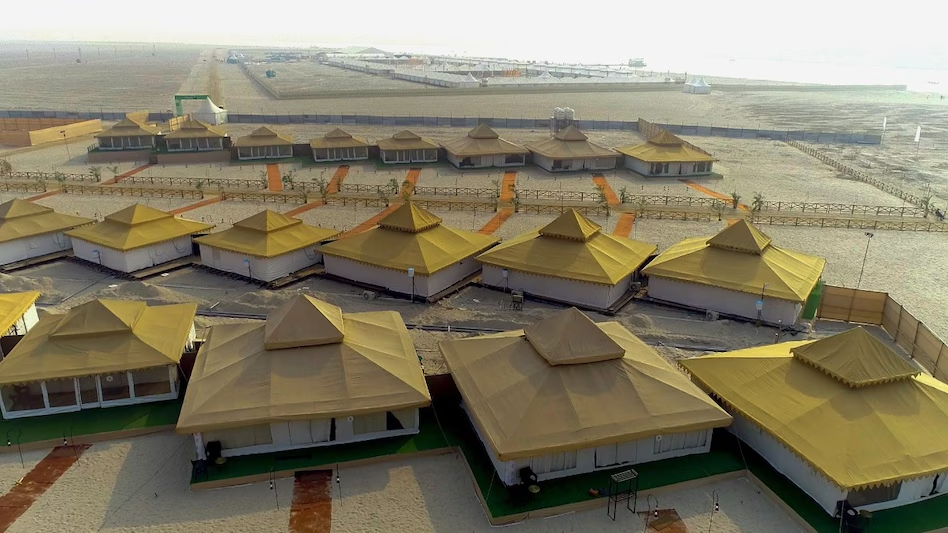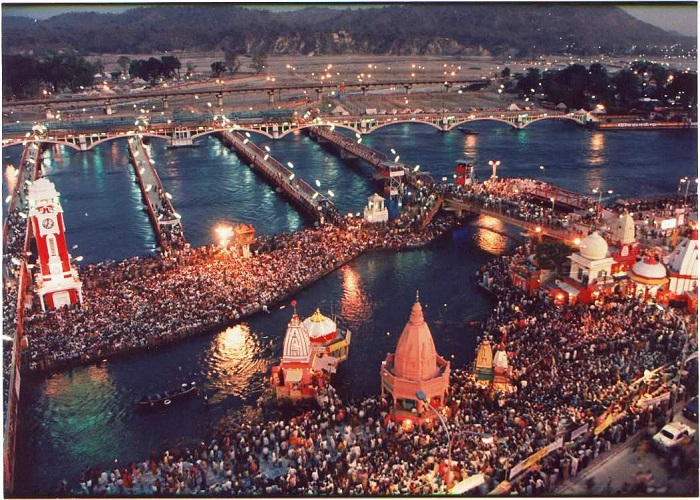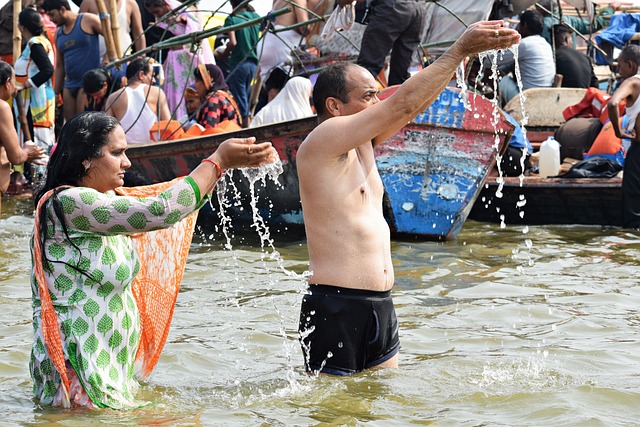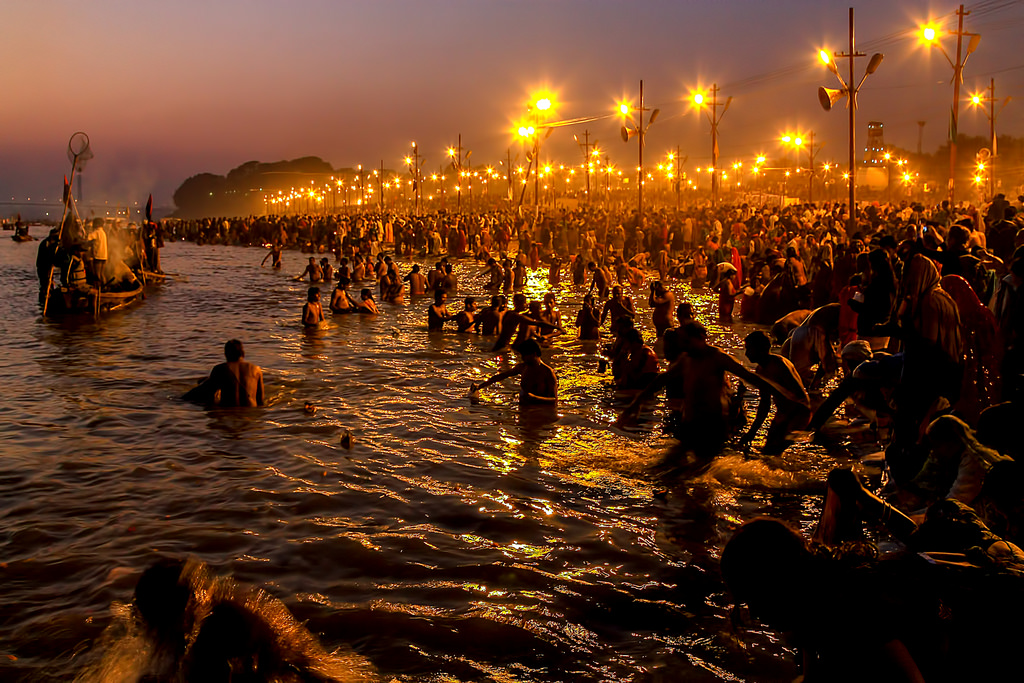Maha Kumbh, known as the largest religious gathering in the world, is not just a spiritual event but also a logistical marvel. With millions of devotees arriving from all over the globe, the sheer scale of the event requires precise planning and coordination. In recent years, technology has played a pivotal role in ensuring the seamless organization of this monumental event, transforming how we experience and manage Maha Kumbh.
Technology in Event Planning
Organizing Maha Kumbh involves building a temporary city with its own infrastructure, including accommodations, healthcare, sanitation, and security. Technology has become indispensable in managing these complexities efficiently. Apps and AI-powered platforms are now central to event management, offering tools for everything from crowd tracking to real-time updates.
Convenient Tent Booking
Gone are the days when finding suitable accommodation at Maha Kumbh was a hassle. With the introduction of apps dedicated to the event, booking a “Maha Kumbh tent” has become as simple as a few taps on your smartphone. These apps provide detailed information about the types of tents available, pricing, and proximity to key locations like ghats and religious spots. Visitors can now book their “Maha Kumbh accommodation” well in advance, ensuring a comfortable stay amidst the spiritual fervor.

Navigation Made Easy
Navigating the sprawling Maha Kumbh grounds can be daunting. Mobile apps equipped with GPS technology provide real-time maps and directions to help devotees locate key sites, such as bathing ghats, tents, and medical facilities. Features like geotagging ensure that visitors can always find their way back to their “tent booking” site, even in the bustling crowds.
AI for Crowd Management
One of the most critical challenges at Maha Kumbh is managing the massive crowds. Artificial Intelligence (AI) is now being used to monitor crowd density and predict movement patterns. With this data, authorities can deploy resources effectively, ensuring the safety and comfort of all attendees. Surveillance systems integrated with AI help detect potential bottlenecks and alert organizers in real time, preventing overcrowding.
Streamlined Services Through Apps
Event-specific apps provide a centralized platform for accessing essential services. From booking “Maha Kumbh tents” to scheduling darshans and attending cultural programs, these apps allow visitors to personalize their experience. Push notifications keep attendees informed about schedule changes, weather updates, and traffic conditions, ensuring a hassle-free visit.
Virtual Maha Kumbh Experience
For those unable to attend in person, technology has bridged the gap through virtual experiences. Live streaming of rituals, drone footage of the festivities, and interactive sessions with spiritual leaders bring the essence of Maha Kumbh to homes worldwide. This inclusivity ensures that the event’s spiritual message reaches a broader audience.
Sustainability Through Tech

Technology is also helping to make Maha Kumbh more sustainable. Digital ticketing and tent booking reduce paper waste, while apps promote eco-friendly practices, such as waste segregation and water conservation. Organizers can track resource usage in real time, ensuring minimal environmental impact.
Future of Maha Kumbh with Technology
As technology continues to improve, the future of Maha Kumbh will likely include even more innovative solutions. From blockchain-based ticketing systems to AI-driven predictive analytics for weather and crowd control, the possibilities are endless. These advancements not only enhance the experience for pilgrims but also set new benchmarks for organizing large-scale events globally.
Conclusion
The integration of technology in Maha Kumbh’s organization has revolutionized how this grand event is planned and experienced. From booking “Maha Kumbh accommodations” and navigating the grounds to ensuring safety and sustainability, apps and AI have made the process smoother, more efficient, and inclusive. As we embrace these advancements, Maha Kumbh stands as a testament to how tradition and technology can work well together, enhancing both spiritual and logistical aspects of the event.


